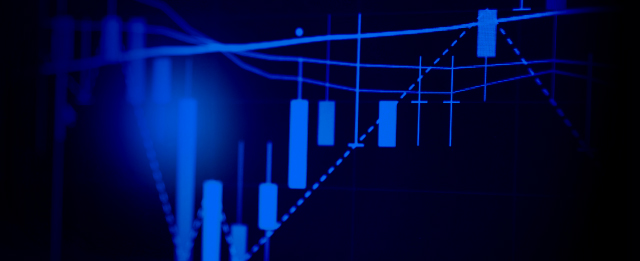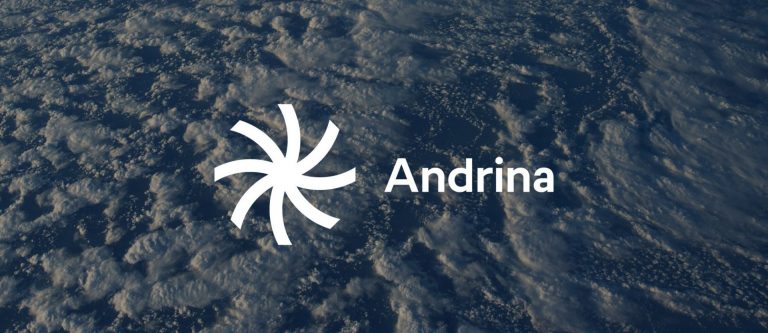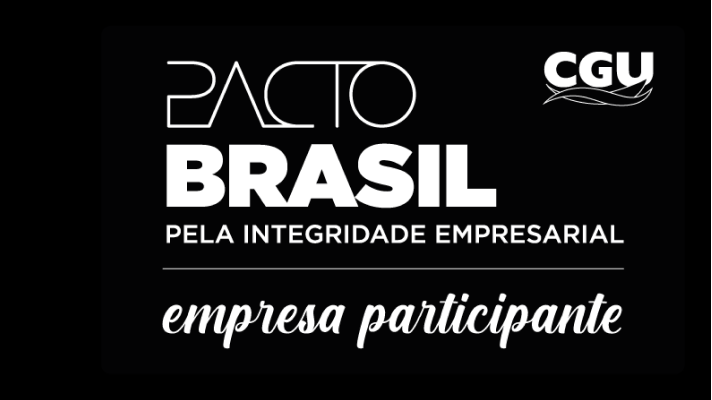- Result, in the Business View in IFRS 4, considers R$82.6 million in recurring profit and R$33.4 million in non-recurring profit.
- Year-to-date, total net profit reached R$260.2 million.
- Underwriting results close 3Q24 at R$117.9 million, compared to R$10.8 million in 3Q23.
- Loss ratio recorded in 3Q24 is 67.9%, registering an improvement of 6.1 p.p. compared to 3Q23.
- Combined ratio of 102.1% in 3Q24 is 8.1 p.p. better than that seen in 3Q23.
- Solvency reaches 183%.
- Net profit determined using the IFRS 17 methodology is R$ 192 million in 3Q24.
IRB(Re) recorded a total net profit of R$115.9 million in the third quarter of 2024 (3Q24), an increase of 142.8% compared to the profit of R$47.7 million recorded in 3Q23. The result considers R$82.6 million in recurring profit and R$33.4 million in non-recurring profit, relating to the sale of land in Rio de Janeiro. The numbers, released on 12/11 according to Business View, show the evolution of the reinsurer, which achieved positive results for the seventh consecutive quarter. From January to September (9M24), net profit totaled R$260.2 million, representing more than double the total result recorded in 2023, which was R$114.2 million.
“The results indicate a positive and growing trend, demonstrating the consistency of the business strategy. This quarter, net profit was influenced by good underwriting results. We also recorded the non-recurring effect of the sale of land in Rio de Janeiro. It is also worth highlighting the reduction in loss ratio and the combined ratio. The continuous evolution of our numbers shows that the company’s turnaround process is consolidated and ends in 2024. Furthermore, it highlights the ability to deliver a sustainable, profitable operational result”, states Marcos Falcão, CEO of IRB(Re).
Underwriting results grow
Underwriting results totaled R$117.9 million in 3Q24, higher than the R$10.8 million recorded in 3Q23. Considering 9M24, underwriting results reach R$274.1 million compared to R$49.9 million in 9M23. It is worth noting that this result already includes claims related to the floods in Rio Grande do Sul.
The total premium written – in line with the strategy of concentrating business in Brazil and reducing participation abroad – increased 10.1%, in 3Q24, in the annual comparison, registering R$ 2.2 billion. The share of businesses signed in Brazil reached 83% of the portfolio in 3Q24. In relation to volume, there was a 7.1% increase in the premium written in Brazil compared to 3Q23, reaching R$1.8 billion. The premium written abroad, which represented 17% of the portfolio, totaled R$ 379.9 million in 3Q24, an increase of 27.1% compared to 3Q23. In 9M24, the total written premium was R$5.1 billion, 1.9% higher than that reported in 9M23.
“We continue to concentrate business in Brazil, as this is a market that we know deeply and we see the opportunity to increase our profitability. The Brazilian market has been showing organic and rate growth. In 9M24, our premium in Brazil increased by 10%, exceeding R$4 billion. At the same time, we reduced by 21% abroad. I also highlight that the Property line grew its share in the portfolio from 35%, in 9M23, to 44%, in 9M24”, says Daniel Volpe, Technical Director of Underwriting at IRB(Re), who is replacing the Vice-President of Reinsurance, Daniel Castillo, on vacation.
Loss ratio drops
The loss ratio in 3Q24 was 67.9%, an improvement of 6.1 p.p. when compared to the same period of the previous year. Analyzing from January to September 2024, the loss ratio totaled 63.8%, an improvement of 11.4 p.p. compared to 9M23. Considering geography, the loss ratio of contracts closed in Brazil was 61%, in line with that recorded in the previous year. In 9M24, it closed at 56%, 14 p.p. lower than in 9M23. The loss ratio abroad fell 10.4 p.p. compared to 3Q23, closing at 81.3%. In 9M24, it was 82.8%, 0.9 p.p. better than a year before.
“The reduction in loss ratio is mainly due to the drop in the Rural, Special Risks and Property ratio. Some portfolios had higher-than-expected loss ratio, such as Aviation, Liability and Transport. However, as they are less representative lines, they did not change the trend of reducing the company’s loss ratio”, explains Volpe, adding that the impact of the tragedy that occurred in Rio Grande do Sul was R$5 million in 3Q24, attesting to the effectiveness of the reserves set up and the IRB(Re) portfolio protection program.
The combined ratio – which includes loss ratio, commissions and other expenses – went from 110.2% in 3Q23 to 102.1% in 3Q24. Year-to-date, there was an improvement of 7 p.p., totaling 102.1% in 9M24.
“The combined ratio in the Non-Life segment was 98% in 9M24, a drop of 8 p.p. compared to 9M23. On the other hand, the combined Life ratio, in 9M24, was 118%, an increase of 7 p.p.. We hope that, with the adjustments made to the Life portfolio, the segment’s combined ratio will tend towards the Non-Life ratio in the medium term, contributing to a reduction in the company’s combined ratio”, said Volpe.
Stable administrative expense ratio
The administrative expense ratio closed 3Q24 at 9%, in line with that reported in 3Q23. IRB(Re)’s general and administrative expenses, in 3Q24, totaled R$85 million. Value 13% higher than that reported in 3Q23. In the year to September, administrative expenses remained 2% lower than in 9M23, totaling R$244 million, with a ratio of 8.4%.
The financial and equity result totaled R$196.4 million, 7.4% higher than 3Q23. Year-to-date, it reached R$504 million, 19% higher than 9M23. It is worth noting that the increase was influenced by the sale of land in Rio de Janeiro, which benefited the equity result by R$37 million.
“We ended 3Q24 with R$8.5 billion in financial assets, in line with what was reported in 3Q23. The allocation of these resources can be divided into 61% of assets in Brazil and 39% abroad”, informs Paulo Valle, general director of IRB (Asset), the reinsurer’s investment arm.
Sufficiency in regulatory indicators
The IRB(Re) must observe two regulatory indicators, as per the regulations of Susep, the institution responsible for supervising the insurance and reinsurance sector: Adjusted Owner’s Equity Adequacy Ratio in relation to the Minimum Required Capital (CMR) and the Technical Provisions Coverage Ratio. On September 30, 2024, the company was sufficient in both ratios.
“The first indicator, Adjusted Owner’s Equity Adequacy Ratio, closed 3Q24 with adequacy of R$892 million, an increase of 67% compared to what was recorded at the end of last year. It means adequacy of 183%. The result is mainly due to the drop in the minimum capital required and the increase in Adjusted Owner’s Equity. The Technical Provisions Coverage Ratio ended 3Q24 with adequacy of R$599 million”, says Eduarda La Rocque, director of Internal Controls, Risks and Compliance at IRB(Re).
IFRS 17
IRB(Re), in addition to reporting its numbers considering the IFRS 4 Business View, used by the sector regulator, Susep, published its 3Q24 results in IFRS 17, a methodology adopted by the Securities and Exchange Commission (CVM). The international standard, aimed at the insurance and reinsurance market, treats operational flows brought to present value, considering the time value of money.
Considering IFRS 17, the company’s result in 3Q24 was positive at R$192 million, compared to net profit of R$44 million in 3Q23. In 9M24, it reached R$623 million. “The quarterly result is mainly explained by the increase in reinsurance revenue in the amount of R$227 million. Furthermore, there was a positive variation in the retrocession, with an effect on the net result of R$238 million, generated by the recovery of claims in the period. And, finally, the net financial result was reduced by R$71 million, impacted by the exchange rate variation in the quarter”, says Falcão.
The complete Performance Analysis is available on the company’s Investor Relations website (www.ri.irbre.com).




